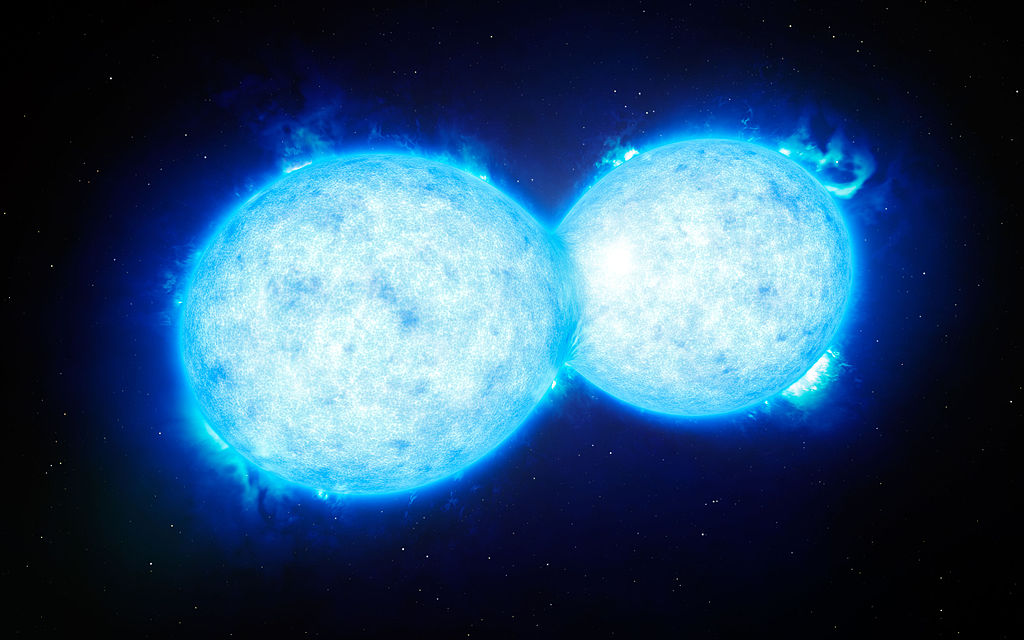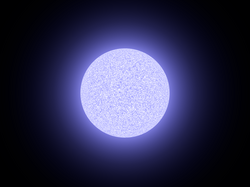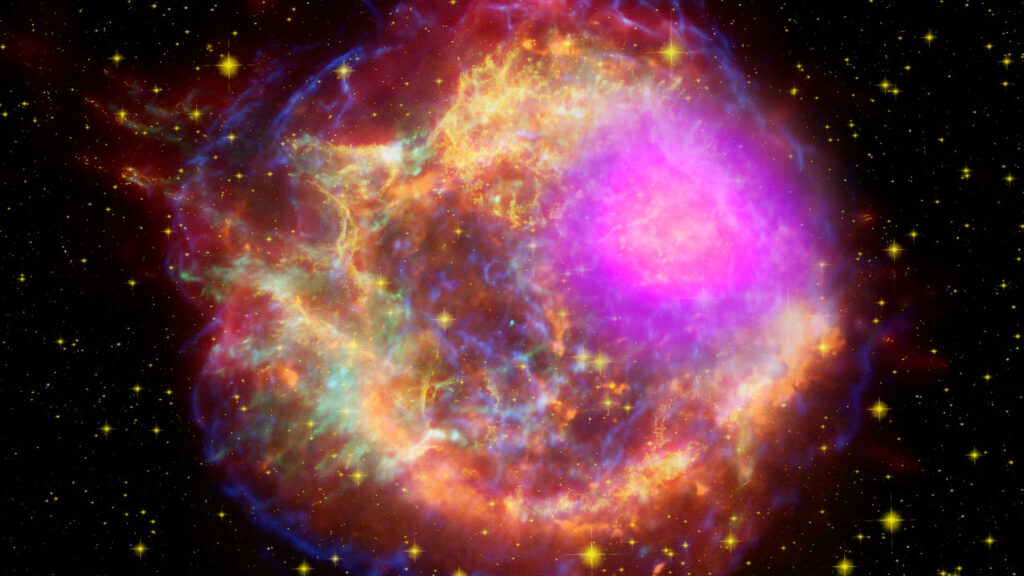Sigma Sagittarii, It is formally known as Nunki, It is the second brightest star in the Sagittarius Constellation and 51st Brightest Star in the night sky with an Apparent Magnitude of +2.05. It is located 228 Light-year or 70 Parsec away from Earth.
Before this discovery Sigma Sagittarii is known to be a single B-type main sequence star with a designation of B2.5V, In this B refers to B-type star 2.5 refers that it is between B2 and B3 stars and V represents that the star is in it’s main sequence Phase of it’s life. The New research that come out in April 2024 led by Idel Waiseber and his team, In his paper they have told that there has been some contradictions of multiple stars in the system and other details are hinting of that but due to some reasons not confirmed.
The new research shows us that the contradictions was right and the system was indeed a close binary and fits the model that his team has told.

Sigma Sagittarii would look similar before the merger
Credit:- space.com
The research found out that the stars Aa which is already known to us has a mass of 6.5 ± 0.2 Solar mass and 4.1 ± 0.5 Solar Radius, all the things already known to us. The hidden companion which was unknown to us till now. Component Ab has a mass of 6.3 ± 0.5 Solar Mass and 3.9 ± 0.5 Solar Radius. The system is 30 ± 5 Million years old in Age. The system has a rough orbital period of 50 days. Based on the information, The new star that had been found should also be a B-type main sequence star with a designation of same B2.5V.

Sigma Sagittarii would look similar after the merger
Credit:- en.wikipedia.org
According to the information, The binary system should fill each other Roche Lobe in about 20 Million years as both stars moves to Red Giant phase. The mass transfer would make the system unstable and lead to the merger of the system. The mass of the new star formed after merger would be of around 12 Solar Mass possibly a B0.5V Main-Sequence star. After the new star formation it will then move to possibly a Red Supergiant stage in the next 10 Million years and then after the evolution it will ends it’s life in a violent Type-II (Core-Collapse) Supernova in some Million years after becoming a Red Supergiant star. But, Unfortunately by the time earth wouldn’t be habitable there as the Sun has already started moving to it’s Red Giant Phase, but in future interplanetary astronauts that have leave earth and moved to other planets would have the opportunity. Before all of this for many-many years the system will not only be the most massive star but also the closest known Core-collapse supernova candidate to Earth at the time.

Sigma Sagittarii Supernova would be Similar looking
Credit:- space.com
Reference:
https://iopscience.iop.org/article/10.3847/2515-5172/adc739